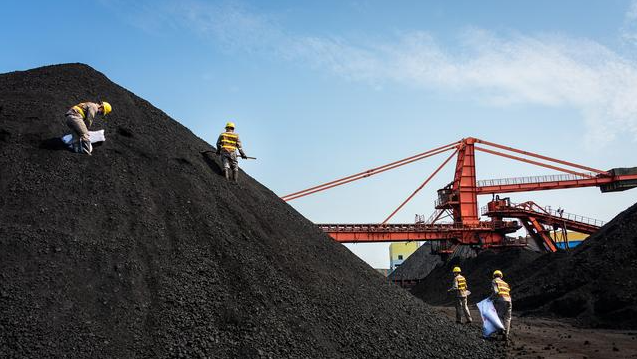The US imports more than 80% of its REE demand from offshore suppliers. Similarly, in 2021, for at least 43 of the 50 CMM, the United States imported more than half its consumption, with no domestic production of 14 CMM.
Coal and coal production waste contain a wide variety of valuable rare earth elements that can be converted into clean energy technology components. The US currently has more than 250 billion tons of coal reserves, more than 4 billion tons of waste coal, and about 2 billion tons of coal ash at various sites across the country.
The REE facilities sought in this FOA will target two different scales:
intermediate-scale on the order of 30-100 metric tons (t) Mixed Rare Earth Oxides/Salts (MREO/MRES) per year; or
demonstration-scale of 1-3 t MREO/MRES per day.
Both scales should require concentrate purity at a minimum of 75 weight percent (wt%) with a preference towards 98wt% or greater and subsequently processed to individual or binary separated REO or RES at >90% concentration by weight, culminating in the production of market-grade REM that is generally 99.9% by weight or greater, pending supply chain specifications. A majority (greater than 50% by weight) of MREO/MRES must be extracted from coal-based feedstocks.
DOE intends that this first-generation, first-of-a-kind REE Facility will utilize:
Conventional separations technologies including physical beneficiation (as needed), chemical separation including, but not limited to, hydrometallurgy, solvent extraction for the separation of individual REE-CM oxides, and reduction to metals, with subsequent alloying of metals. Further advanced technologies will be encouraged, but only if the component(s) and/or circuit(s) have been extensively tested and are ready for deployment.
Unconventional Coal and coal by-products as feedstock resources from which a majority (greater than 50% by weight) of MREO/MRES must be extracted. These may include newly-mined coal limited to mines that were in operation prior to 19 September 2022, coal ash, coal mine wastes (refuse tailings), coal-based raw acid mine drainage (AMD) fluids and precipitates, or other byproducts. Recycled materials such as hard drives or fluorescent lightbulbs will not be included.
The REE facility will have the capability of extracting, separating, and refining REE and CMM from at least one coal-based source, but it may have the capability to process materials from multiple feedstock resources, demonstrating the capabilities of feedstock flexibility.
REE recovery will be the primary focus of the facility with the preferred co-recovery of other CMM as permitted; however, CMM recovery (without REE recovery) is not the focus. Production quantities and concentrate material purity are identified above for REE, and for CMM should be of a purity that could be sold to an offtake market or buyer.
Applicants must explain how projects are expected to deliver economic and environmental benefits and mitigate impacts; conduct community and stakeholder engagement; incorporate diversity, equity, inclusion, and accessibility; and promote workforce development and quality jobs. Projects selected under this opportunity will be required to develop and implement strategies to ensure strong community and worker benefits, and report on such activities and outcomes.
Since January 2021, DOE’s Office of Fossil Energy and Carbon Management (FECM) has invested more than $41 million in projects that support resource identification and production of rare earth elements and other critical minerals and materials in traditional fossil fuel-producing communities across the country. This total includes $16 million in Bipartisan Infrastructure Law funding for detailed engineering and cost studies toward a first-of-a-kind domestic facility that will extract and separate rare earth elements and critical minerals from unconventional sources like mining waste. This funding will create new opportunities to remediate land and water while generating rare earth elements necessary for a clean energy economy.
